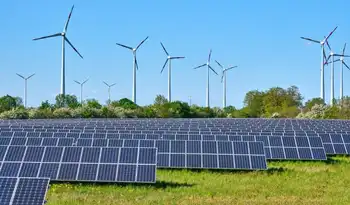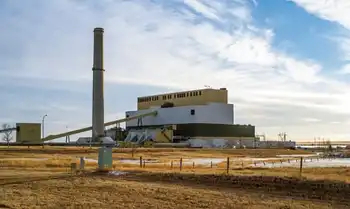Nuclear questions left unanswered
By Toronto Star
Substation Relay Protection Training
Our customized live online or in‑person group training can be delivered to your staff at your location.

- Live Online
- 12 hours Instructor-led
- Group Training Available
That question was left unanswered when the province announced it would spend $300 million to keep the Pickering nuclear station open for another decade before mothballing it.
There was no announcement on what will replace Pickering's aging Candu reactors and their 3,000 megawatts of power (about 10 per cent of Ontario's electricity capacity) after the station closes in 2020.
The provincial government wants to build two next-generation Candu reactors at its Darlington nuclear station. But the price tag on those reactors (a reported $26 billion) caused the government sticker shock, and the procurement process was suspended last June.
Environmentalists say not to worry, that a combination of renewable energy installations (wind, solar, etc.) and conservation programs will fill the power gap. But industrial power users are not counting on that. Nor should residential consumers.
While Ontario is aggressively pursuing both renewables and conservation, the province has also said repeatedly that new nuclear reactors will still be needed as the old ones are phased out. But Ontario wants the federal government to share the cost burden. That makes sense, given that Ottawa is the owner of Atomic Energy of Canada Ltd. (AECL), the Candu manufacturer. A sale of the new generation of reactors to Ontario is considered essential in order to maintain AECL as a going concern.
But the federal Conservatives seem uninterested in partnering with Ontario on the reactor project, for reasons either ideological (they don't like government-owned enterprises) or geographical (they are rooted in Alberta while AECL is based in Ontario). Instead, they have put AECL up for sale, and the reactor maker's future is now uncertain.
"We are still committed to building two new reactors and we are currently in discussion with AECL and the federal government," provincial Energy Minister Brad Duguid told reporters. "As you know the federal government decided to restructure AECL in the middle of our procurement process, which lent a complication to the discussions.Â… We are still determined to move forward, however."
That is the sound of a minister stickhandling around a difficult question. The suspicion is that Ontario Liberals think they can rag the puck on this question until after the next provincial election (in 2011).
The problem is that it takes at least 10 years from decision to completion of a new reactor, given both the engineering and regulatory hurdles involved. And the clock is ticking, loudly.











